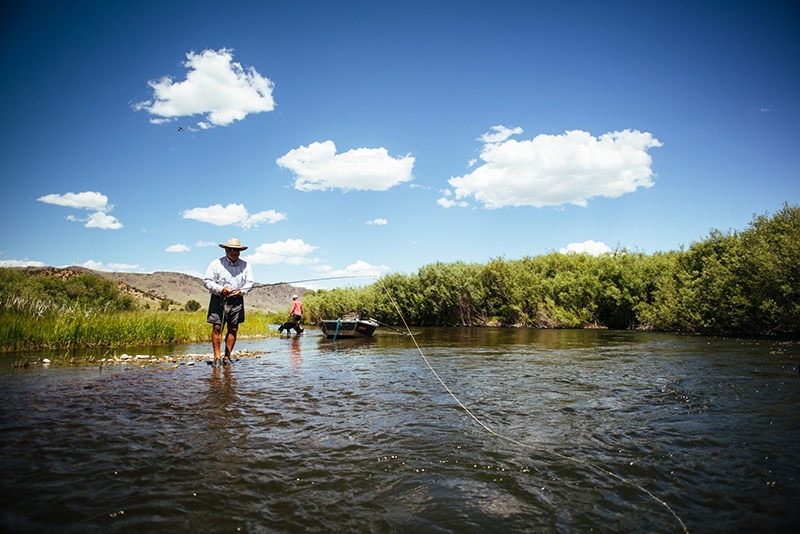Local media coverage is an important and powerful way to raise awareness of your chapter and the work it does to restore streams, educate youth, connect with veterans and engage entire communities in conservation.
Developing a practice of sending out press releases, community calendar notices, media advisories and becoming a trusted “expert” source for local reporters will help your chapter achieve that goal, increase it’s profile in the communities it serves, and attract more members, volunteers and event participants.
Press Release Templates
The following templates are some of the most common types of press releases chapters will send to local media. Quotes and content are provided to give a sense of how to best tell the story you want, but can be localized to fit the specifics of your event or activity:
- Chapter Meeting Announcement Press Release
- Chapter Awarded Grant Press Release
- Chapter Trout in the Classroom Event Release
- Chapter Restoration/Cleanup Post Event Release
- Chapter Year-End Press Release
Tips for Effective Media Work
Build a Consistent Process & Media Contact
Recruit or train a local chapter volunteer to serve as the media liaison in charge of your local media. Having a singular person serve as the chief media contact will make it easier for the media to know who to reach. As a first step, research and identify all the media outlets in your area – newspaper, online blogs, radio, TV etc… – and identify who the right contacts are at each outlet and how and when they want to receive content, releases and more. Building a spreadsheet of this information so future chapter leaders have it at their fingertips is a good strategy.
Ask Appropriately & Well In Advance
Everything we do as a TU chapter or council is newsworthy, but not everything we do warrants a front page, feature news article. When planning your media outreach, be sure you are asking for the type of coverage commensurate with the “newsworthiness” of the item you want covered. For example, a chapter meeting may be a simple press release or community calendar listing submission, while a major chapter restoration project may be worthy of a request for a feature story or television interview. Regardless of the story, always be sure to give media significant advance notice and clearly understand their internal deadlines for all types of content.
Build Relationships Over Time
As with all other aspects of TU, relationships matter as much in media as they do in conservation, education and other work we do. Your relationship with your local media should be a give and take, where you are asking them to support and help you spread the word about your work and you are supporting them in getting more eyeballs on their stories, articles, broadcasts and videos. Spending some time to personally get to know your local media staff – even stopping into their office (on a non-deadline day) to sit down and listen and learn what they are looking for can be a good first step. Inviting reporters, editors or correspondents out for a site visit is a great way to help them understand the full context of all that your chapter does in the community.
Focus on the Local Angler & People
Tip O’Neill famously said that “all politics are local” and that is true about conservation, education, advocacy and other work that a TU chapter does. The activities we run, the projects we complete, the programs we offer in the community are all run by local people and benefit local people. Your local media is highly interested in stories that showcase local people making their local community better – so give them what they want. While a conservation project story may be about restoring a river for wild trout, it is also a story about the local volunteer who is passionate about restoring the river where her grandfather taught her to fish and led her to volunteer for TU and lead this conservation project. Focusing on that angle – that the story is about people and place – is a fast way to ensure it gets more robust coverage.
Better Photos Get Better Placement
The simple truth is that local media thrives on visually compelling images and video. When preparing your local media releases, sending a strong image to accompany that release will help it get better pickup and more prominent placement. For example, if your chapter is running a trash cleanup, don’t send the media a photo of 12 volunteers standing behind a pile of trash in a parking lot next to the river, instead send them a photo of a father holding a trash bag open while their daughter tosses in a styrofoam cup and a river flowing through the image background. that image tells a story all on its own and helps show the focus on the people who care and the river that needs help, versus the quantity of volunteers and the quantity of trash collected.


